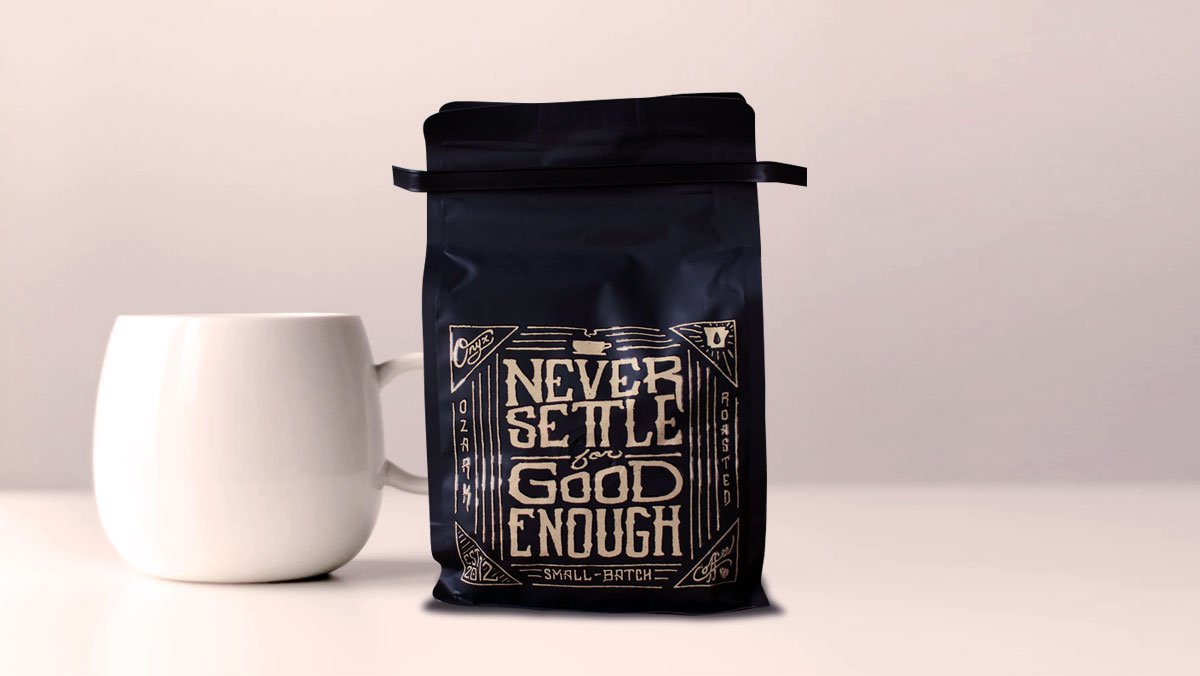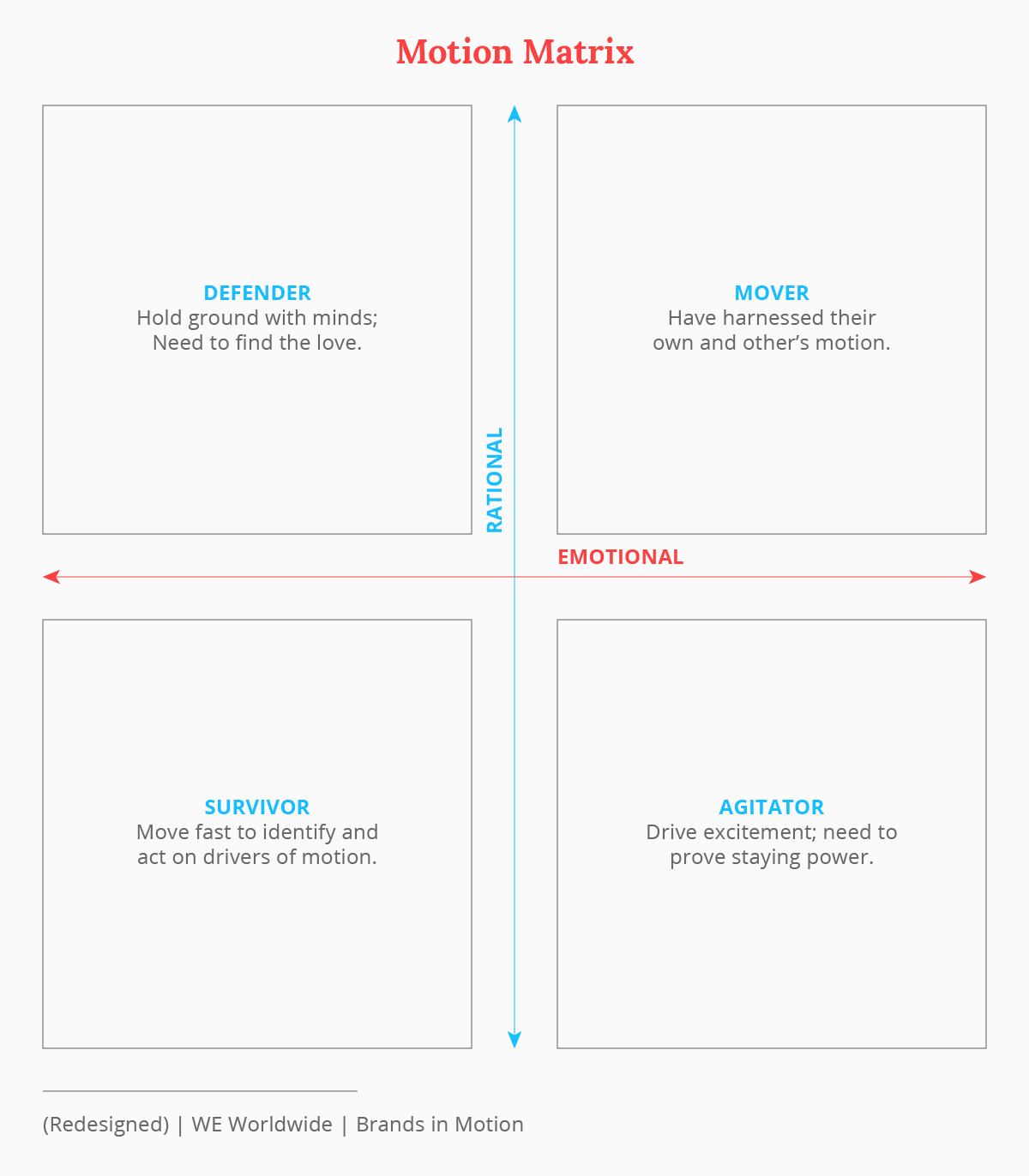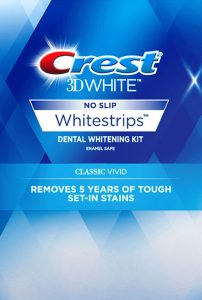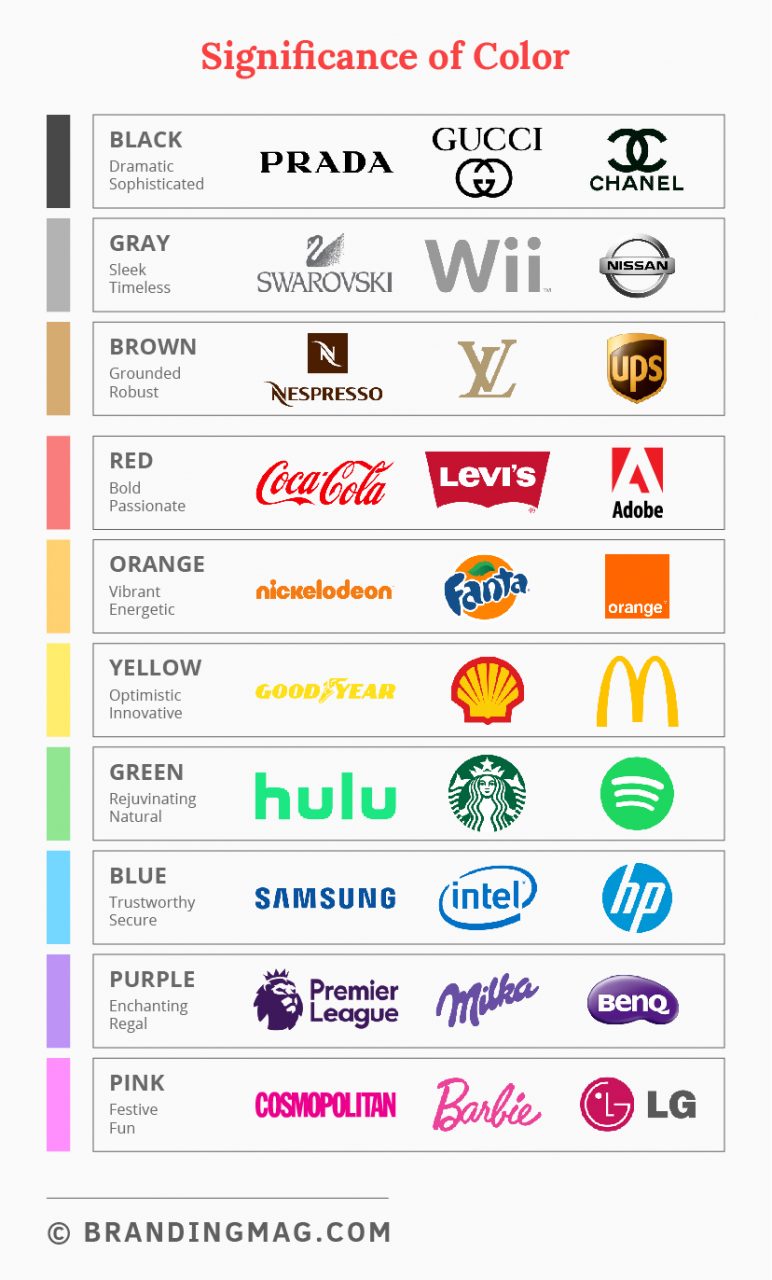
Finding new ways of strengthening and growing your brand is all-consuming for most business owners. Whether it’s revamping the website or adding new products, most owners would agree that change and forward-motion are essential. Although it’s important to maintain consistency within a brand, it’s equally vital to switch things up now and again. A report by WE, Brands In Motion, takes a look at the fact that not only do brands need to keep moving forward but also highlights the ways in which today’s consumer is much more informed when it comes to measuring the value of a product offering. In that vein, one of the most popular ways of doing this in recent years comes in the form of upbranding.

Your product — but better
For the uninitiated, this powerful new trend involves adding a touch of luxury to your brand to attract more customers and keep your existing ones interested. Rather than suddenly adding a super-high-end product to an everyday range of products, upbranding is about offering a new version of an existing product with a perceived luxury value. For example, a business that sells standard cereal bars might introduce a new gourmet bar made with more expensive and luxurious ingredients. Most supermarkets now practice upbranding as standard (you’ve most likely come across Tesco’s Finest range and Sainsburys’ TasteThe Difference).

Source: mummyandthecuties.com
Eric Hoppe, Director of Marketing at Crowd Content, highlights that upbranding can naturally happen as your market evolves. “We (Crowd Content) operate in the content writing services space. In most cases, companies in this space offer technology to connect writers with businesses that need content. Several years ago, we identified that many clients needed a more premium experience that included full project management, editing, and quality assurance. In response to this, we created our enterprise offering, which adds all these things to our existing core service of content writing services.”
“Listening to your customers and identifying industry trends like this often presents great opportunities for you to upbrand.”
Why upbrand?
As lives get ever more busy and stressful, many of us deal with pressure by ‘treating ourselves’ as a way of rewarding ourselves for our hard work. Whether that means splashing out on a luxury holiday or simply buying a ‘designer’ coffee in the morning, we all appreciate the finer things in life. Upbranding is a way of retaining the brand that your customers trust whilst offering an alternative with a perceived higher-value to satisfy the craving for a luxurious lifestyle. Not only does upbranding drive the growth of your brand but it can have a positive effect on all products in all of the brand’s ranges. Often, customers retain a loyalty to a brand through inertia, and upbranding is a great way of keeping customers interested by switching up the brand that they already enjoy.
Błażej Abel, CEO of Landingi:
Marina Abramovic said, “if you are a baker, making bread, you are a baker. If you make the best bread in the world, you are not an artist, but if you bake the bread in the gallery, you are an artist. So the context makes the difference.”
Upbranding can be a great tool and strategy for those who feel that they should change something in positioning their company. For many years at Landingi, we thought about our product just like a pure landing-page builder, but we’ve stopped thinking this way.
Today, we are focused on how to help our customers generate more leads, optimize their campaigns, and cover their whole value chain. This approach also changed how we position our company.
So, how’s it done?
Before you get carried away, there are a few rules to upbranding. To start with, it’s not enough to stuff your existing brand into some shiny new packaging and call it an upbrand. These days, a wide range of choices means that it’s a buyer’s market — and customers are getting more and more savvy when it comes to judging the value of a product. In order to successfully upbrand, you need to make sure that your new offering does actually deliver a higher-value product experience. The following is our guide to getting upbranding right.

Use your strengths
This first step is all about pinpointing the one thing that makes your product great — and then improving on it. When it comes to upbranding, many brands make the mistake of introducing something completely new — which tends to confuse the customer and corrode brand trust. The point of upbranding is to offer a more luxurious version of your current product. For example, a toothpaste brand, Crest, has always been known for its promise of a ‘beautiful, healthy smile.’ When the brand decided to upbrand, it introduced Crest Vivid White which added tooth whitening to its already successful product. This immediately made customers feel that the new product was superior to the usual toothpaste — and they were happy to pay more for it.
Turn it green
We don’t need to tell you that, these days, the environment is big news. Without going all Greta Thunberg on you, today’s brands have a responsibility toward our planet as well as making those all-important profits. In 2020, luxury-brand consumers are super-aware of environmental issues, and, studies show that they are more likely to choose a luxe product which is environmentally friendly.

Upbrand — by design
Packaging design is hugely important for your re-brand and a lot of thought should go into this. When introducing a ‘luxe’ version of a product, the higher value needs to be reflected with high-end packaging that communicates superiority. You will, of course, want to keep the packaging recognizable by using your logo and branding, whilst highlighting the difference with a more sophisticated design. Colors such as purple, gold, and dark blues are generally associated with high-end, luxury products.
Think exclusive
Now that you’ve got your upbranded product and wrapped it in fabulous packaging, it’s time to think about your distribution channels. If you’re selling your special new product in every supermarket and pound store, it’s unlikely to be perceived as a luxury option. Instead, consider limiting the places in which your upbrand is available. Not only will this increase the luxury appeal for customers, but retailers will prioritize your product when offered a semi-exclusive deal.
Luxury: Branding Roundtable No. 14
For the modern business, upbranding is the ideal way of adding value to an already established product. Take some time to think about who your upbrand is for and the benefits that it seeks to offer. As with any kind of marketing, you need to have a clear idea of the problems and pain points that your upbrand will deliver as well as offering a touch of luxury. By following these few rules, you’re on your way to taking your brand to the next level and reaching a whole new set of customers.
Cover image sources: NordWood Themes & Ryan Riggins